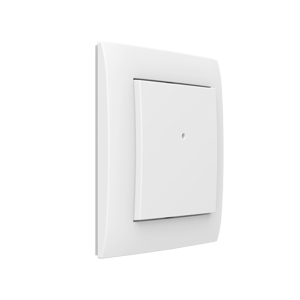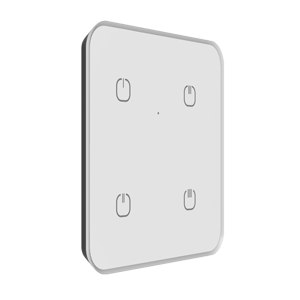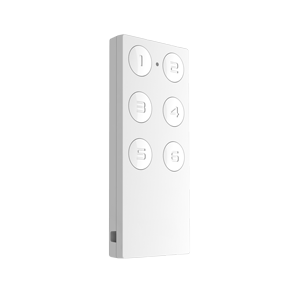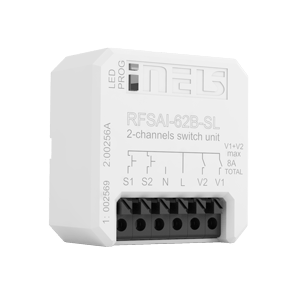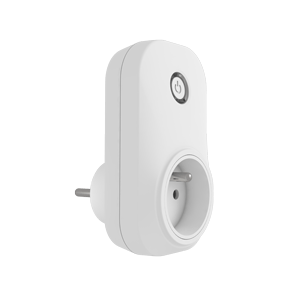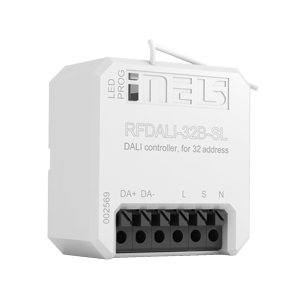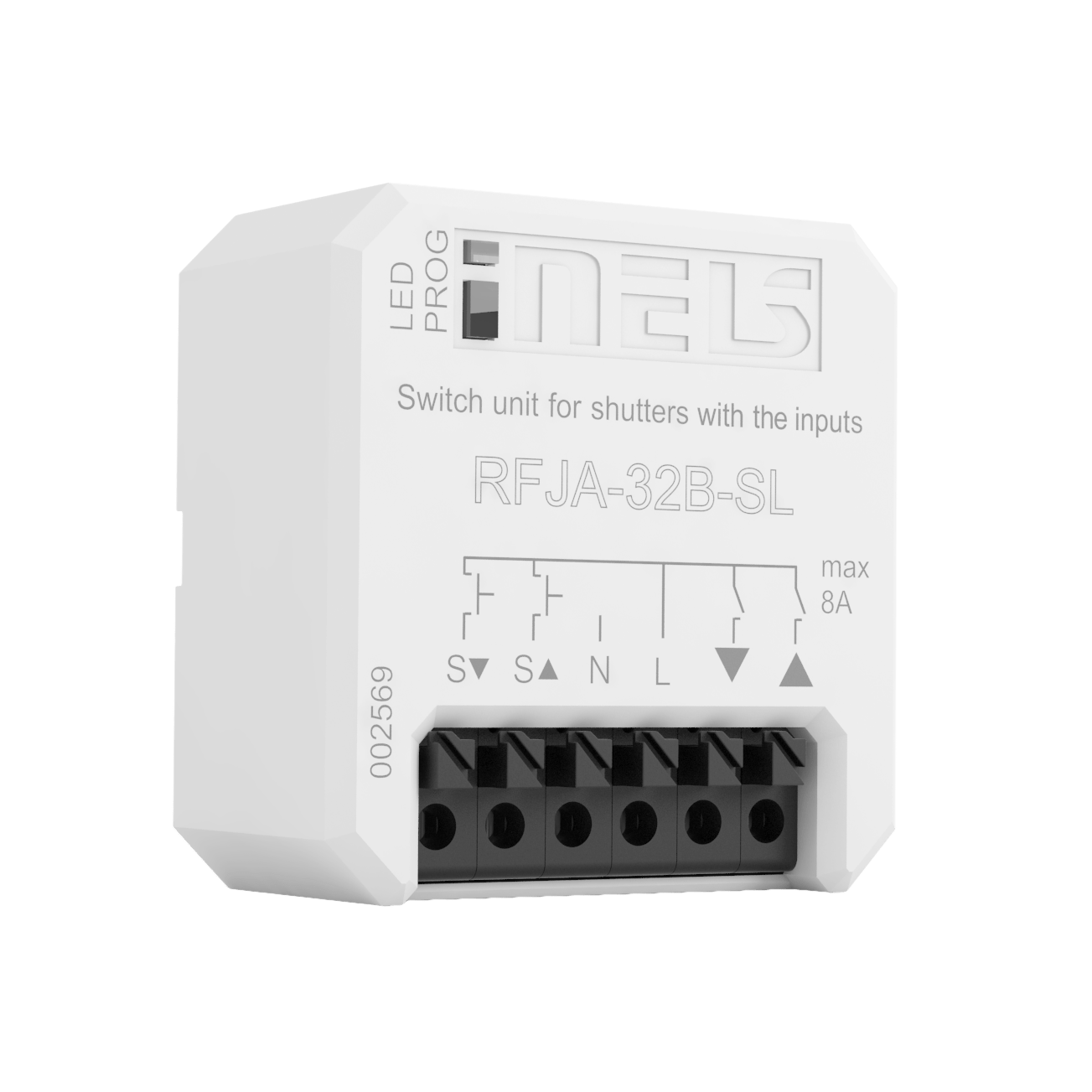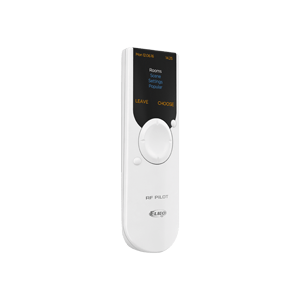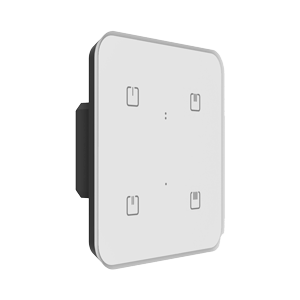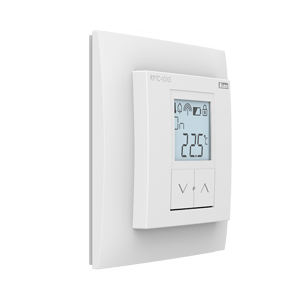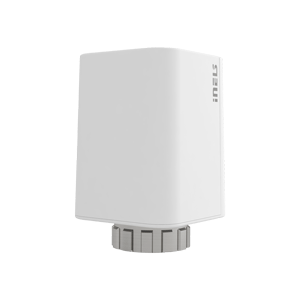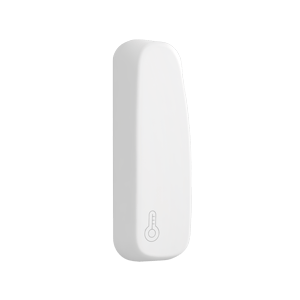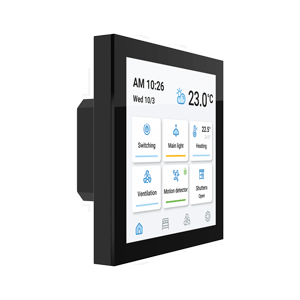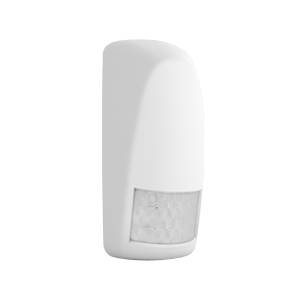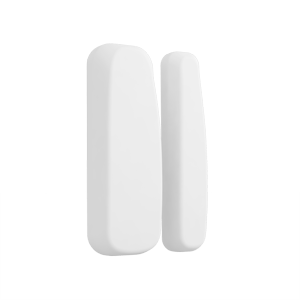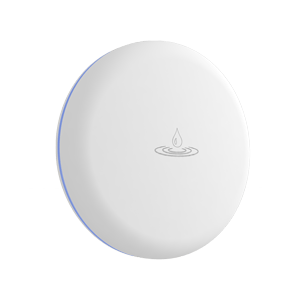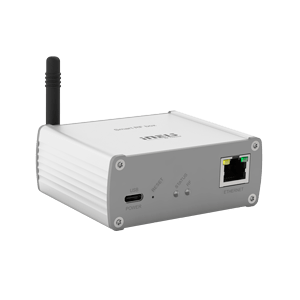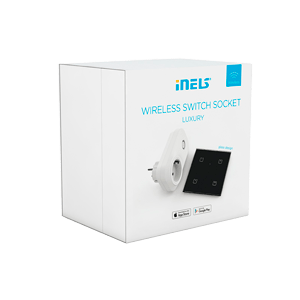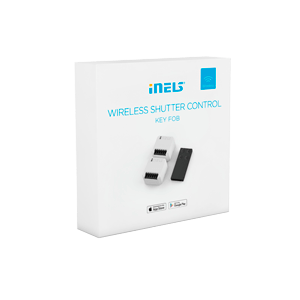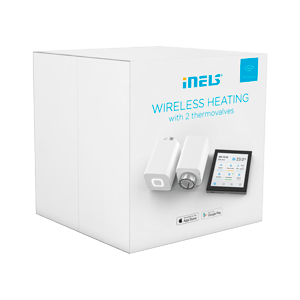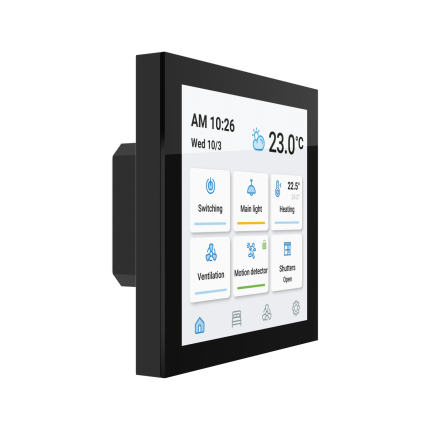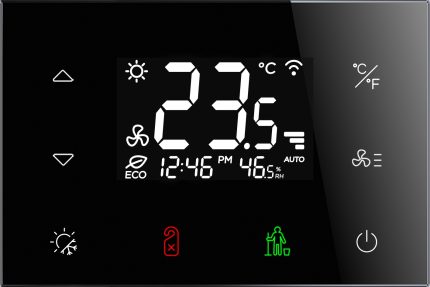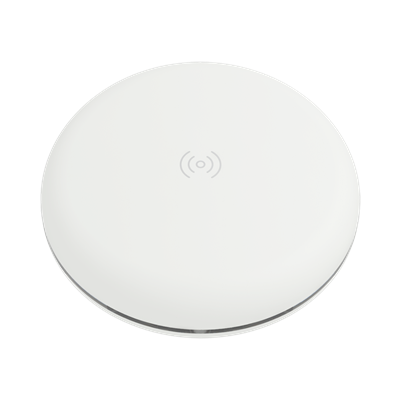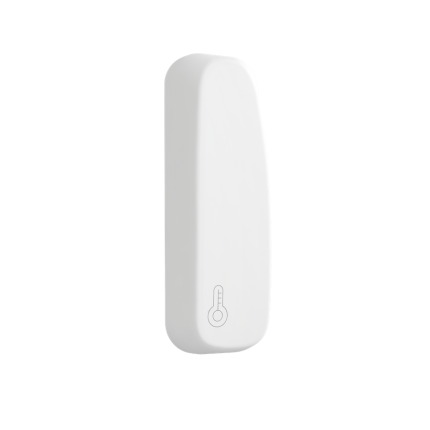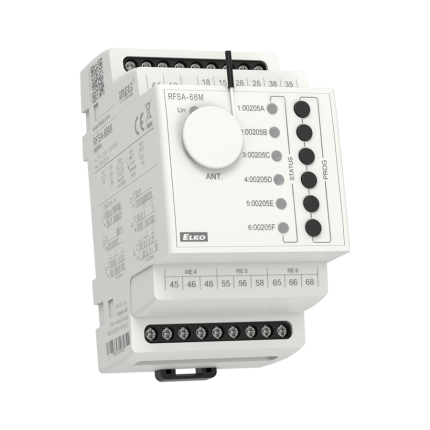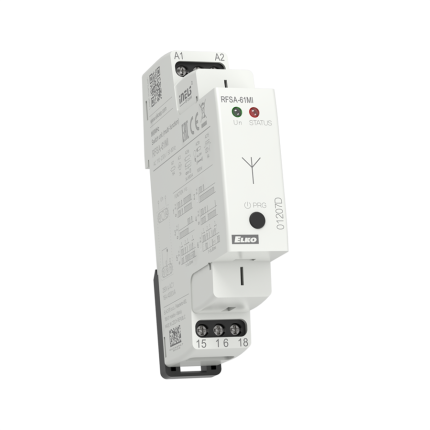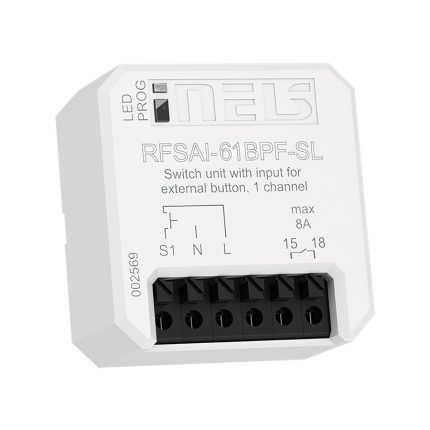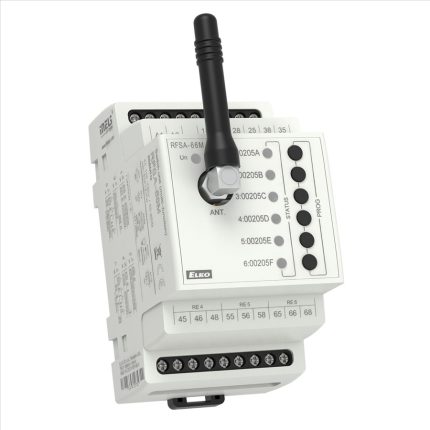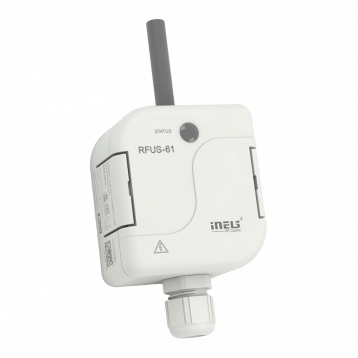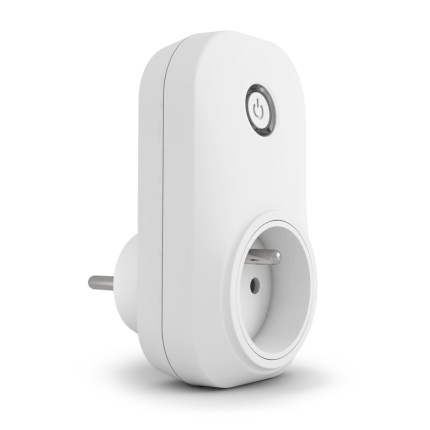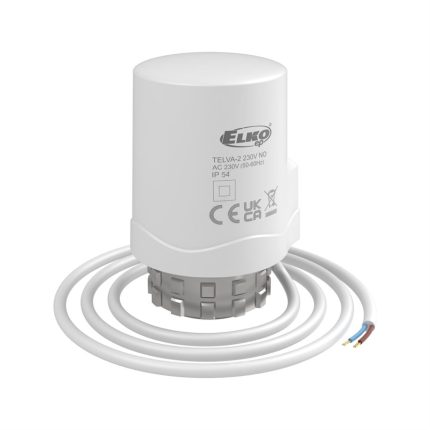Everyone probably knows that modern zone heating control allows you to set the heating temperature for each room separately, which, in addition to saving money, brings many other benefits, such as remote access and monitoring, automatic control and security functions, but most importantly, much-needed individual comfort for each family member.
Zone heating control can be set up for any type of heating. Whether it is hot water heating, electric mats, direct heaters or radiant infrared panels, or even for a combination of these heat sources. However, the most commonly used case is zone control for hot water heating, where the water for individual heating zones is heated by an electric or gas boiler.
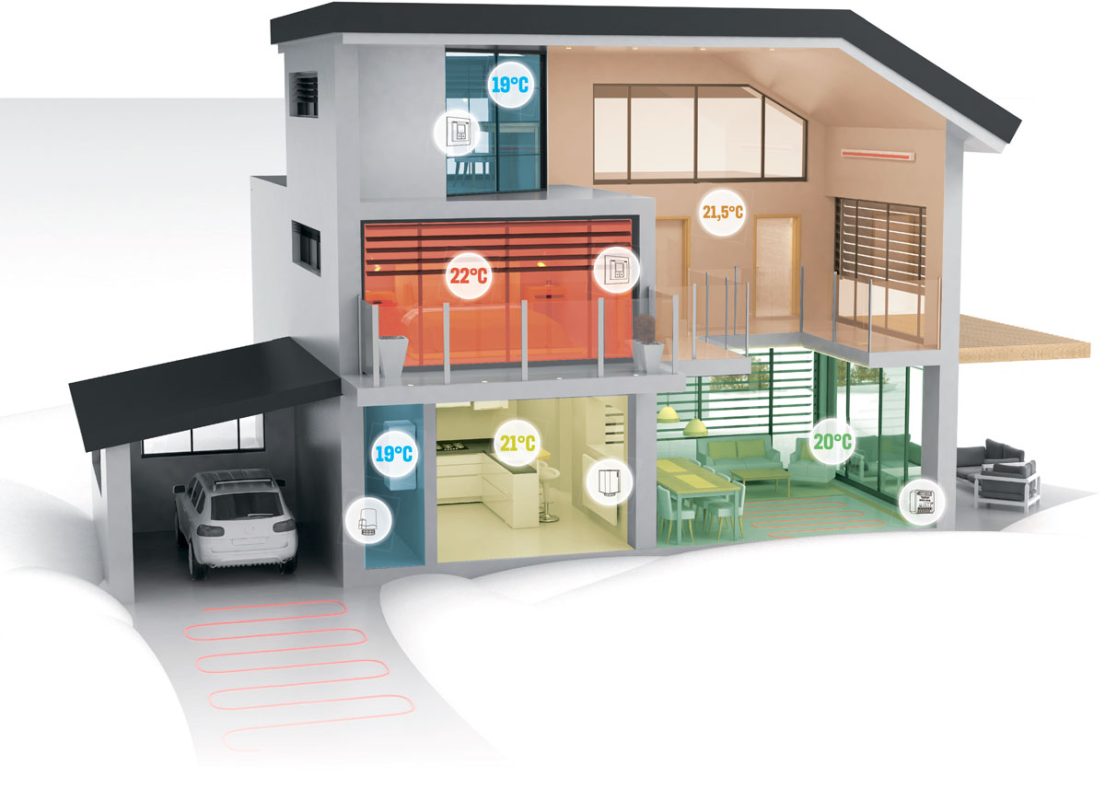

In the case of zone control using iNELS Wireless units, the type and brand of the boiler do not matter, it matters more how the hot water distribution is routed, whether directly to radiators or underfloor heating or to these heating circuits via a distribution board.
But let’s look at the individual heating units from the beginning. To set up control of 1 heating circuit, we basically need 3 things: 1) A thermostat that provides us with logic 2) A temperature sensor that we place in the relevant heating zone 3) A control element for opening the hot water valve or switching the electrical source.
Zone heating control can be set up for any type of heating. Whether it is hot water heating, electric mats, direct heaters or radiant infrared panels, or even for a combination of these heat sources. However, the most commonly used case is zone control for hot water heating, where the water for individual heating zones is heated by an electric or gas boiler.
Termostats
Although the iNELS Wireless system includes classic wireless thermostats for zone heating control, the vast majority use sophisticated multi-zone thermostats, touch panels or gateways.
The customer has a choice of 3 types of devices:
What do these control units have in common:
- All of them serve as multi-thermostats, which means they allow you to control a larger number of circuits.
- They have a connection to the iNELS Application and the Cloud
- They provide all the necessary automatic and safety functions for sophisticated control of a multi-zone heating system.
What makes these units different:
- Number of connectable heating circuits (8 heating circuits can be connected to the RFTC-4 thermostat, up to 16 heating circuits can be connected to the RF Touch and eLAN)
- The RFTC-4 and RF Touch 2 thermostats are wall-mounted units, allowing direct control of the temperature of individual heating zones, in addition to the app, directly from the unit. eLAN is a gateway that allows control of heating zones primarily from the app.
- RFTC-4 and RF Touch 2 have built-in temperature sensors, so they also provide measurements in the room where they are installed. eLAN temperature sensor does not
- The RF Touch 2 and eLAN units are gateways that, along with heating control, also control lights, blinds and other electrical appliances, so they offer much wider automation options than the RFTC-4 thermostat, which is primarily designed for heating control.
- The eLAN-RF-103 smart gateway also has a built-in MQTT communication protocol, which makes it ideal for integration into higher-level systems, such as building management or integration with photovoltaic and heat pump systems in family homes.
For zone heating control, we usually only need 1 control unit or multi-thermostat, but if we would like to have more than one such thermostat for direct manual temperature control on the wall in rooms, it is possible to install several of them and teach them to work in a mode where 1 thermostat is the main one and the others obey it (master-slave mode).
The choice of a suitable control unit (thermostat) therefore depends on the combination of factors and requirements that you have for heating control in your house, apartment or commercial building.
Temperature sensors
A temperature sensor is an essential part of zone heating control and you should equip each room with one. You don’t always have to buy a separate unit to install a temperature sensor, as it can be included in the thermostat or directly in the control element, which are the wireless RFATV-2 thermal head or the RFSTI-11B-SL switching element with temperature sensors .
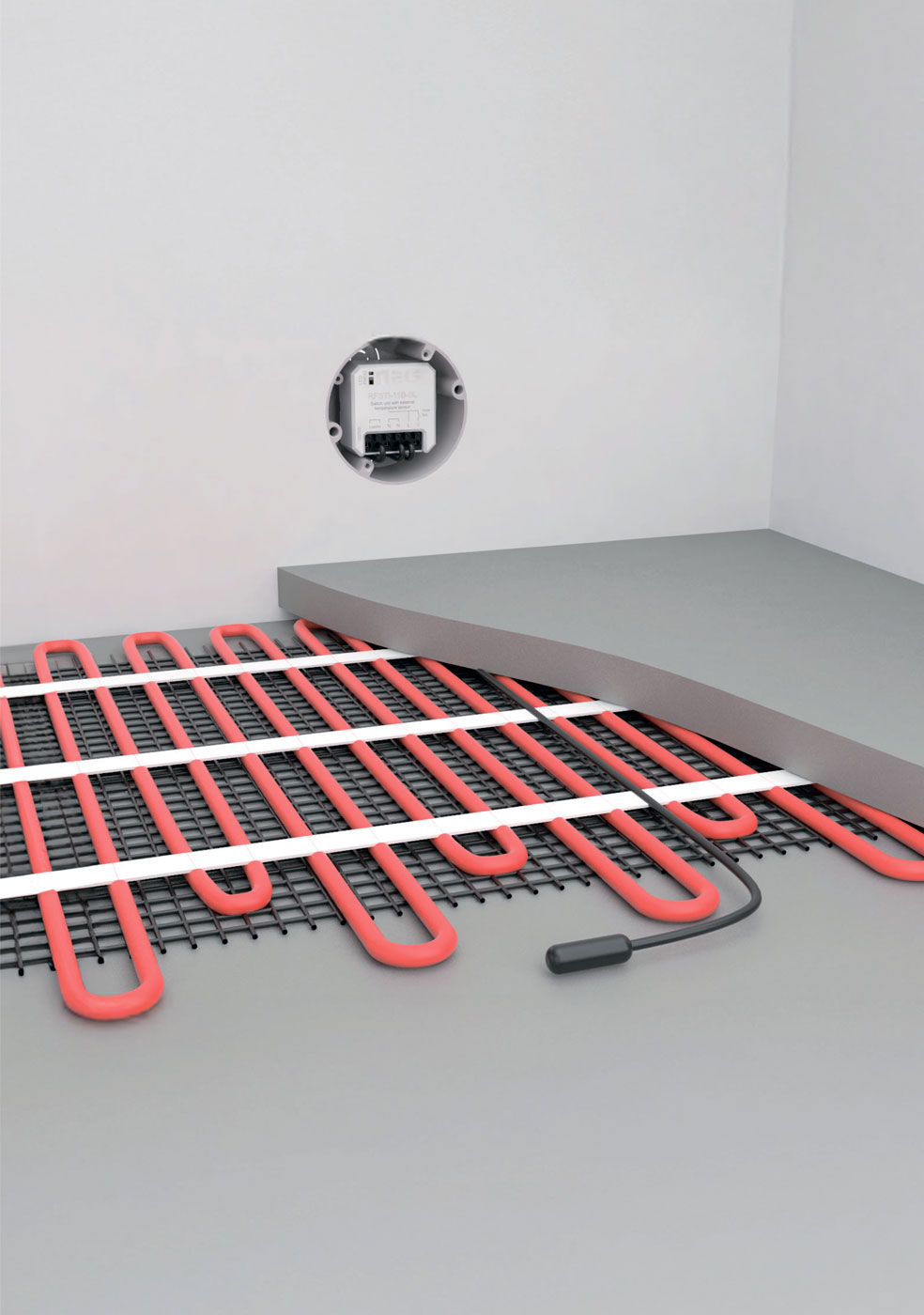
Available units with temperature sensor:
Units with permanent power supply: RFTC-4, RF Touch-2, RFSTI-11B-SL
Battery powered units: RFTI-20, RFTC-10, RFTC-50, RFATV-2
All temperature sensors have the option of calibration and setting the deviation from the measured temperature, the so-called offset.
The customer chooses units with a temperature sensor mainly according to the type of installation. However, there are certain rules that should be followed. For example, the measuring sensor should be installed on the inner wall of the house and at a certain height from the underfloor heating, etc. (for more details, see the brochure at the end of the text)
For example, for radiator heating, wireless thermal heads can be used as a control element, offering the simplest possible installation and combined control in one element, with the temperature sensor directly in the head. The disadvantage is that the temperature is measured at the radiator and the temperature is distorted. In an open room, however, calibration and offset can be used to adjust the measurement near the heating source so that the regulation is functional. A problem could arise if the head, together with the battery, is covered by a curtain or placed in an otherwise closed space. In these cases, it is better to use an external RFTI-20 sensor or a sensor included in one of the thermostats.
To control electric underfloor heating, double temperature measurement is desirable. 1 temperature sensor senses the temperature in the room, according to which the temperature control is carried out, and 2 sensor is located directly in the floor and monitors the critical temperature to prevent overheating of the floor and damage to the materials used. For such a purpose, we offer a combined unit RFSTI-11B-SL , which simultaneously measures the temperature in the floor and the room and switches on the electric underfloor heating.
Control elements
There are two types of control elements in the iNELS Wireless heating control system: Switching units and thermal heads.
Switching units
Switching units are primarily used for switching electric heating sources, direct switching of boilers or control of mains-powered thermoelectric heads and actuators.
RFSA-66MI/230V Switch unit, 6 channels (3-MODUL DIN rail)
€151,84 / €125,49 without VATRFSA-61MI/230V Switch unit, 1 channel – (1-MODUL DIN rail)
€70,63 / €58,37 without VATSwitching units are distinguished according to 4 basic parameters:
1. Number of channels
a) 1-channel: RFSA-61B, RFSAI-61B-SL, RFSA-61M …
b) Multi-channel: RFSA-62B-SL, RFSA-66M..
1-channel ones are mostly used for switching boilers or individual electric heating sources, while multi-channel ones are used for controlling thermoelectric heads in the switchboard.
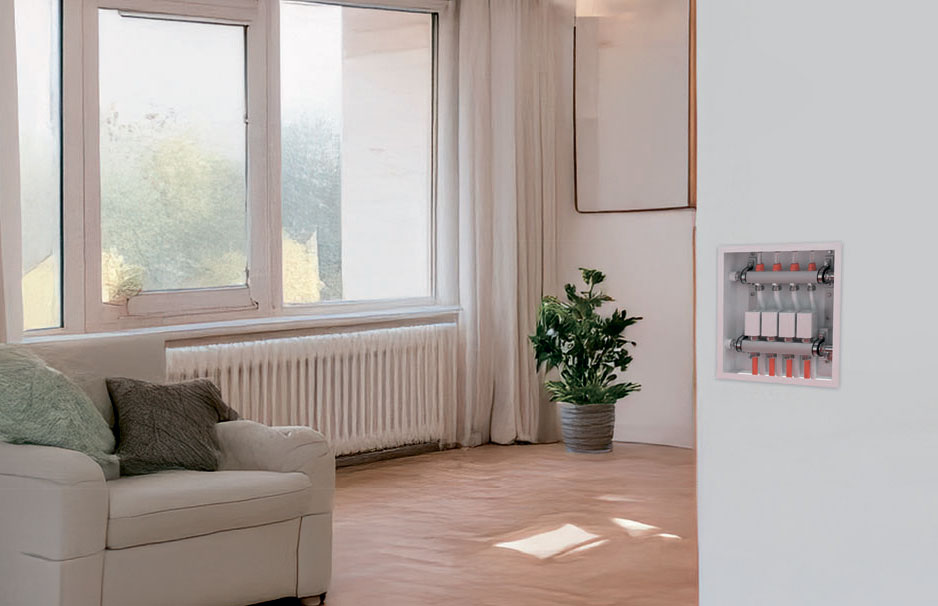
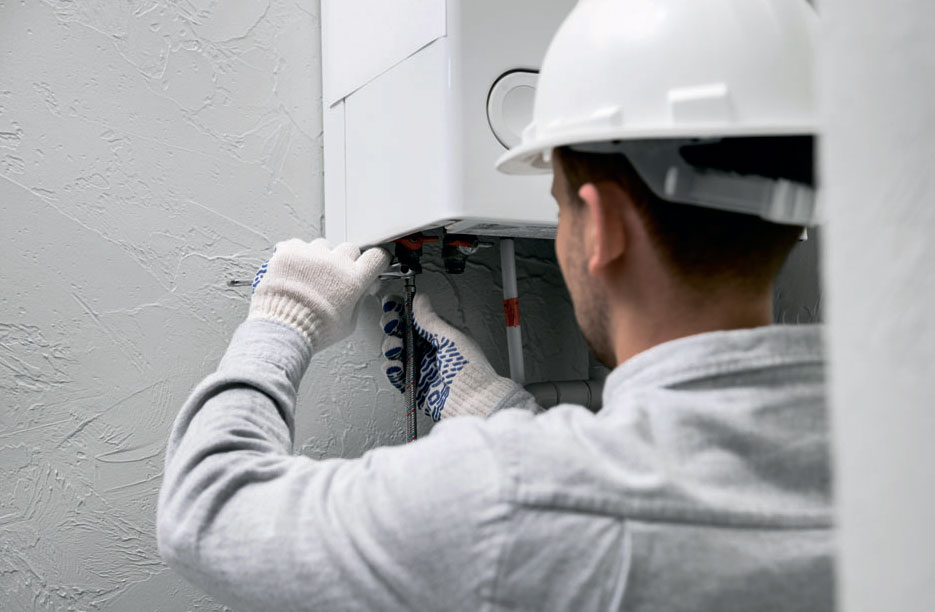
2. Industrial design with respect to the mounting location
a) In the mounting box: RFSA-61B, RFSAI-61B-SL, RFSA-62B-SL
b) On the DIN rail: RFSA-61M, RFSA-66M
For switching electric underfloor heating or boilers, units for mounting boxes are mostly used. For control in a switchboard or distribution board, DIN-rail units predominate.
3. Type of switch contact
a) 16A: RFSA-61M, RFSA-61B
b) 8A: RFSTI-11B-SL, RFSAI-61B-SL, RFSA-66M,
c) BPF: RFSAI-61BPF-SL
Switching contacts with a higher load of 16A are used for switching electric underfloor heating or direct switching of older types of boilers. In the case of electric heating, however, it may still happen that the heating zone will have a higher power consumption and the heating zone will need to be divided into more switches or a contactor will be used. Switches with a lower voltage of 8A are mostly used for controlling thermoelectric drives in the distribution board or directly on radiators. And a switch with a potential-free switching contact (BPF) is used for direct control of new gas and electric boilers with an input for this type of contact.
Switch unit with the inputs for external buttons RFSAI-61BPF-SL
€83,37 / €68,90 without VATRFSA-66M /24V Switch unit, 6 channels (3-MODUL DIN rail)
€224,49 / €185,53 without VATRFSA-61MI/230V Switch unit, 1 channel – (1-MODUL DIN rail)
€70,63 / €58,37 without VAT4. Power supply type
d) 230V AC: RFSTI-11B-SL, RFSAI-61B-SL, RFSA-66M, RFSA-61M, RFSA-61B
e) 12-24V AC/DC: RFSA-66M /24V, RFSTI-11B /24V
Switching contacts with 12-24V AC/DC power supply are used to control thermoelectric heads and actuators with this appropriate power supply.
There is also a switch variant for outdoor use RFUS-61 , for example for defrosting gutters, or a switch in the form of a socket for simple direct switching of the boiler RFSC-61N .
RFUS-61/230V Switch unit, 1-channel with increased protection
€81,26 / €67,16 without VATThermoheads and thermoelectric actuators
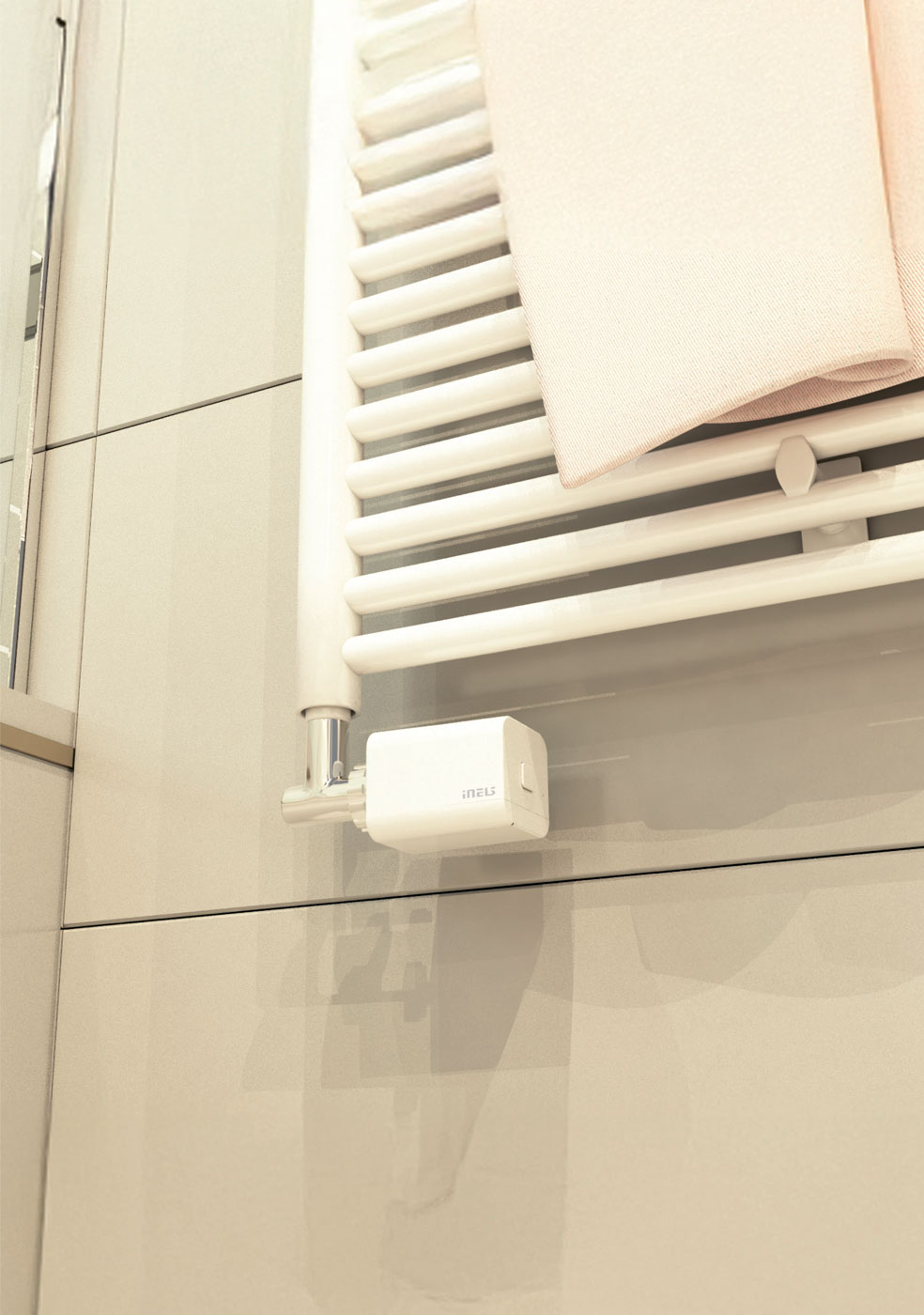
The wireless thermal head RFTAV-2 is a multifunctional unit that, together with a thermostat, is able to fully secure the control of 1 heating circuit. It has built-in temperature and humidity sensors and a motor for regulating the heating valve. In addition, it has preset automatic functions for recognizing an open window, anti-freeze function and low battery indication. If we want to use the wireless thermal head only for regulating the valve on the battery, but measure the temperature from another place, for example, a thermostat or an external temperature sensor, this is also possible.
The Telva-2 thermoelectric head (actuator) is a classic head for regulating a valve on a radiator or in a distribution board with various types of 230 (24) power supply and the option to choose between a normally open or normally closed state.
If you are interested in an individual consultation, please do not hesitate to contact us or download the detailed brochure Heating Control (24MB)

